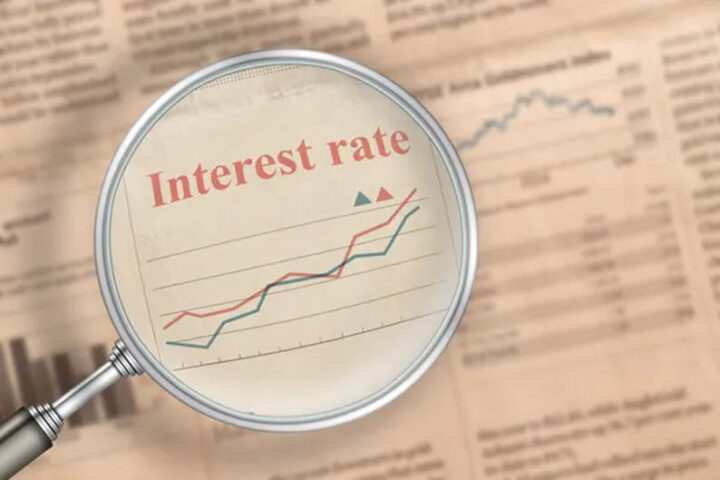By Craig Erlam
It’s been another eventful week and one that serves to remind us that while there may be more sources of optimism this year, compared with last, it’s going to be a very bumpy ride.
There’s been plenty more cause for optimism so far this year, especially compared with what we became accustomed to in 2022. The U.S. could achieve the soft landing that many have doubted is possible, China could bounce back strongly from the dropping of Covid restrictions and the euro area may avoid a recession.
That’s not a bad shift in expectations at all. But just as quickly as they turned more favourable, they could switch again.
Economic data from the U.S. this week has been far less promising. Rather than focusing on disinflation and the labour market, it’s been other economic indicators and earnings that took the spotlight and it hasn’t been great.
What’s more, it seems we’re seeing more regular warnings of imminent layoffs, the latest coming from Alphabet which plans to cut 12,000 staff around the world.
For so long companies have been reluctant to lay staff off following the post-pandemic re-hiring struggles, but the tide appears to be turning and it could accelerate from here, at which point the economic data may become much more downbeat.
U.K. retail sales slump again
It’s been a busy week for U.K. economic data and many may be just as confused about the outlook as they were before.
Data has previously indicated that the country may have avoided a recession in the fourth quarter, but at the same time, retail sales strongly suggest that households are feeling the strain which begs the question, did the World Cup just delay the inevitable?
Meanwhile, labour market figures remain strong, so much so that wages continue to accelerate higher while still failing to keep up with inflation.
While that explains why households are spending less, it doesn’t alleviate fears within the BoE that getting inflation sustainably back to 2% could necessitate inflicting more pain on households.
An unenviable dilemma, but policymakers are in agreement that inflation must take priority. And when that is still above 10%, it’s clear that means the rate hikes will keep coming.
Speed bumps ahead for oil
Oil prices have been choppy this week after climbing back towards their late December/early January peaks. It would appear the rally is running short of momentum amid a week of less promising data from the U.S. and a downturn in market sentiment, more broadly.
That’s to be expected. After all, it’s not like we were going to go from the doom and gloom of 2022 into relentless optimism just like that.
It’s going to be a bumpy ride this year and this week has simply been the first speed bump of many. With so many other factors also influencing oil prices, I expect volatility is going nowhere.
Gold not far from record highs
Another rally on Thursday saw gold surpass last week’s peak, but already it’s running into resistance and trading slightly lower on the day. While not the end of the world, it’s clear that momentum is fading which, following a strong rally since November, could suggest a correction is possible.
The environment remains favourable for gold, but a correction could be healthy considering it’s now rallied almost 20% from its early November lows and sits a little over 6% from all-time highs.
BTC volatility is back
It’s been a choppy week for bitcoin after the cryptocurrency surged back to life, buoyed by a much-improved risk environment. A period of relative calm in the crypto space has allowed for such a rebound, time clearly being a great healer and all that.
Still, as we’ve seen in crypto, the volatility works both ways and what we’ve seen this past week suggests there’s plenty more to come.
Craig Erlam is Senior Market Analyst, UK & EMEA at OANDA
Opinions are the author’s, not necessarily that of OANDA Global Corporation or any of its affiliates, subsidiaries, officers or directors. Leveraged trading is high risk and not suitable for all. Losses can exceed investments.








